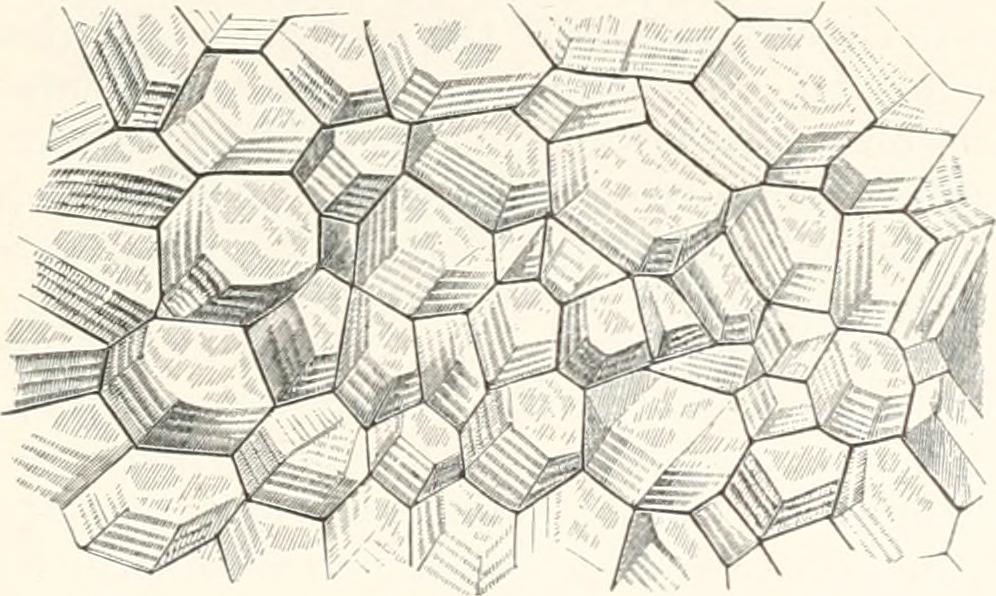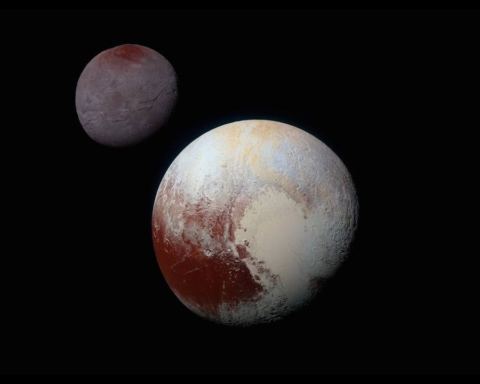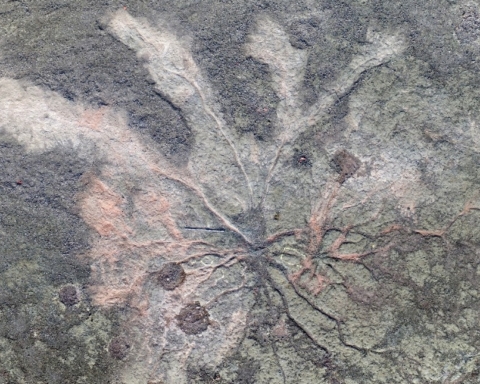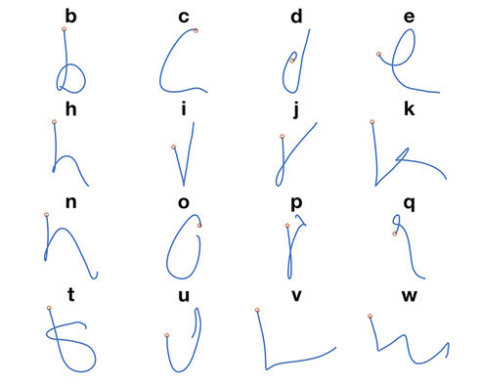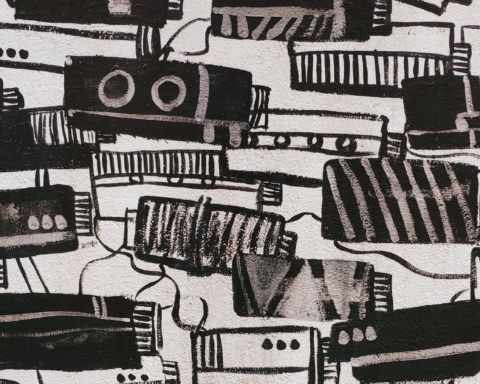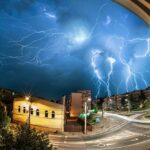Today I read an article about the men who have discovered the origin of life. The article was about the origin of life. The article was about the men who have discovered the origin of life. The men’s names are Jülicher, Zwicker, Brangwynne, and Hyman. The men discovered something in their worm cells in Dresden, which men from my America burnt up sometime when men from their Germany burnt up men sometimes and also not-men from my no-country called Jews and also gypsies and queers sometimes who also have no country and Poles who do and other accidents. The burning things and people up was intentional although who got burnt up was sometimes an accident, such as Poles. The men and not-men who did not die in their Germany rebuilt Dresden and put there a place to look at the cells of their worms with the intention to figure out what was inside them, which they were doing in 2009 when they discovered, without previously knowing they would discover it, that little granules in the worm germ cells are little balls of liquid, separate from the other stuff in there. They call them “droplets” but that’s only an accident of the language – no one dropped them there – they’re not like rain running down your nose – they’re oily liquid balls inside of cells. There are three special accidents that these balls do, over and over, every time. Think the four men and also one not-man woman named Tang, who is also a scientist, and maybe some other ones with other names. One is they hold complicated chemicals inside themselves really well. Another is they let more chemicals come inside themselves sometimes. And the third is when they get too big they always, always divide. I don’t know if that means much to you, but anyway you can remember the men’s names, can’t you, Jülicher, Zwicker, Brangwynne, and Hyman, not so complicated to remember, although I always forget that stuff, even when we promise each other to never forget. I went to Dresden, you know, in 2014 with my dear friend Schenk, fine man, good man, lovely man, who grew up near there. That was the D.D.R. then and it was all not-men there, every one. But that ended. Schenk and me we were the best of friends before he left Berkeley. I keep meaning to call him and see how he is.
Read More:
Dividing Droplets Could Explain Life’s Origin [Quanta Magazine]
Germline P Granules Are Liquid Droplets That Localize by Controlled Dissolution/Condensation [Science]
Traction a.k.a. Joseph Harry Silber is the author of three novels: Gudhal (2016), Bum (2012) and The Ecstasies of Willaert (2006). He is an engineer at Lawrence Berkeley National Lab where he leers over large and many-elbowed instruments used for experiments in high energy physics and cosmology.
Image is of an oblique section of prismatic shell-substance from The Microscope and its Revelations (1901).

